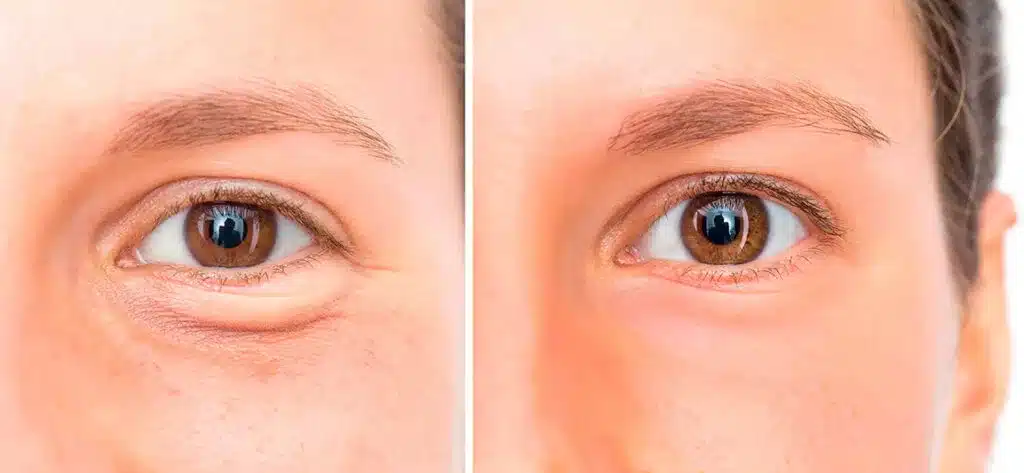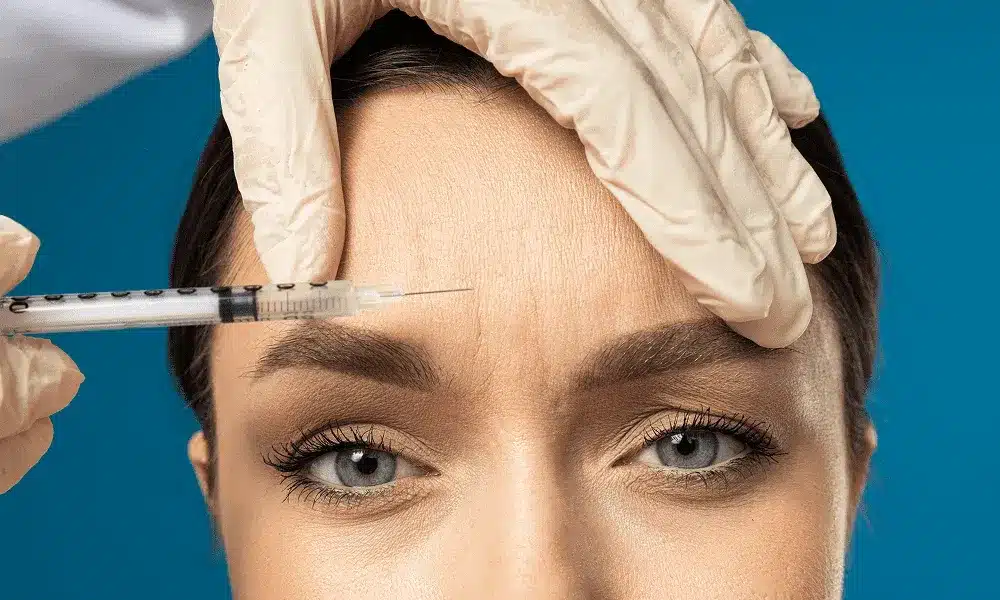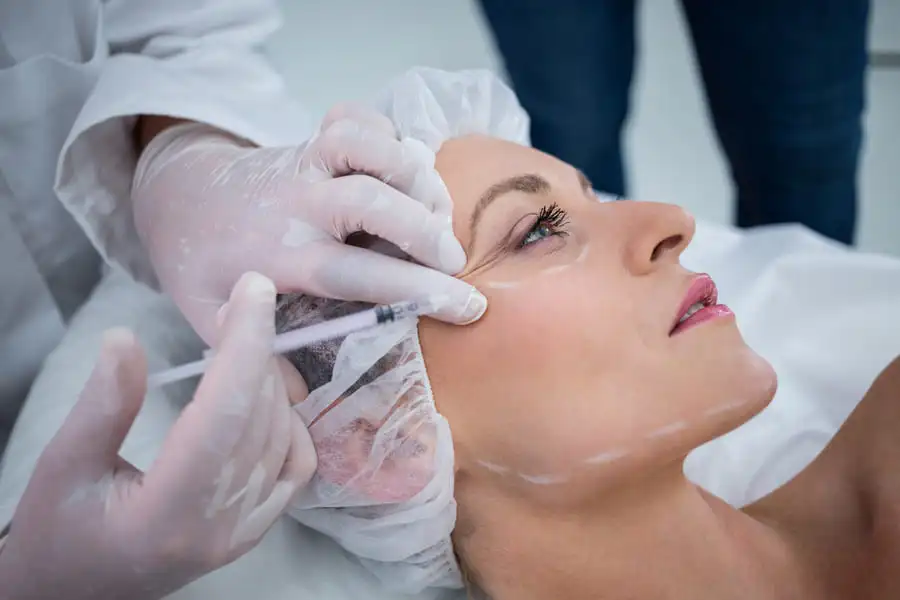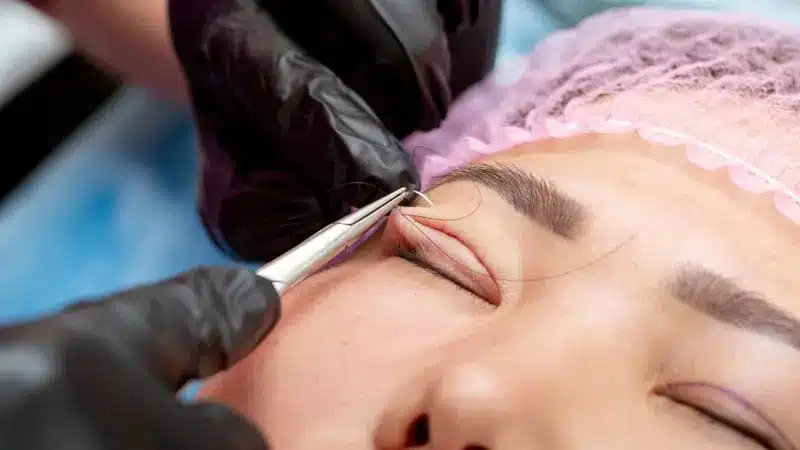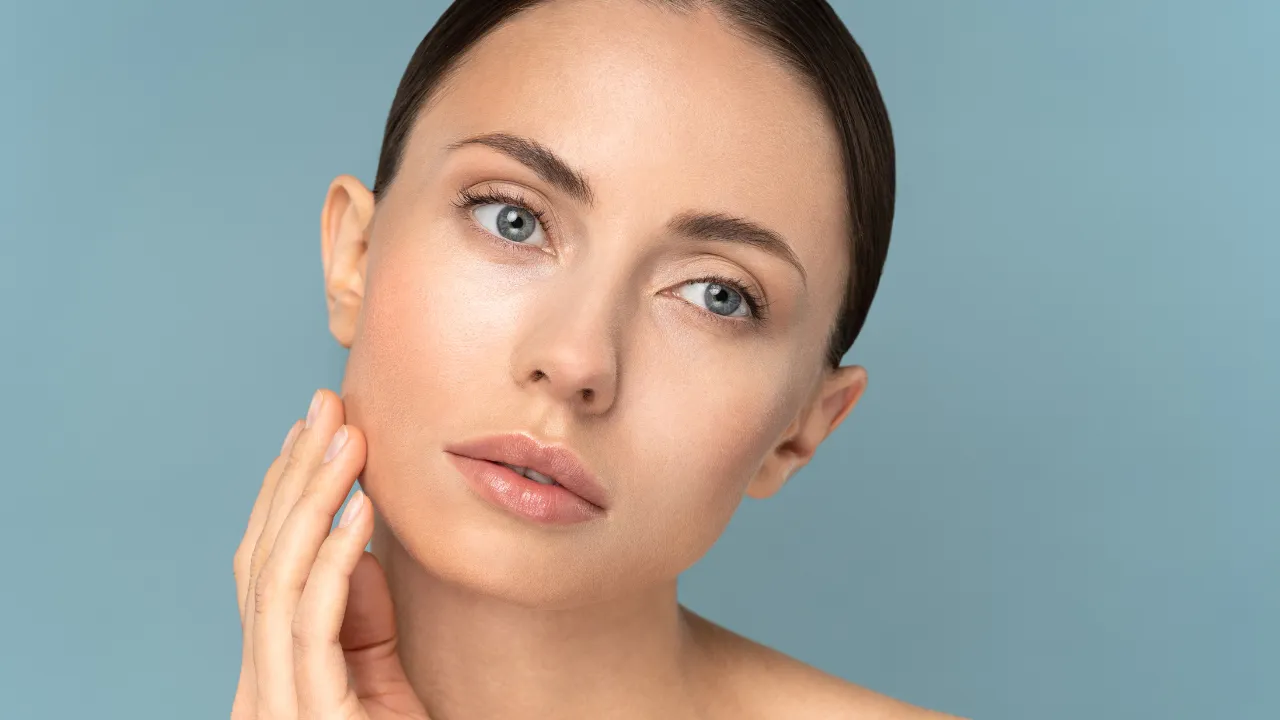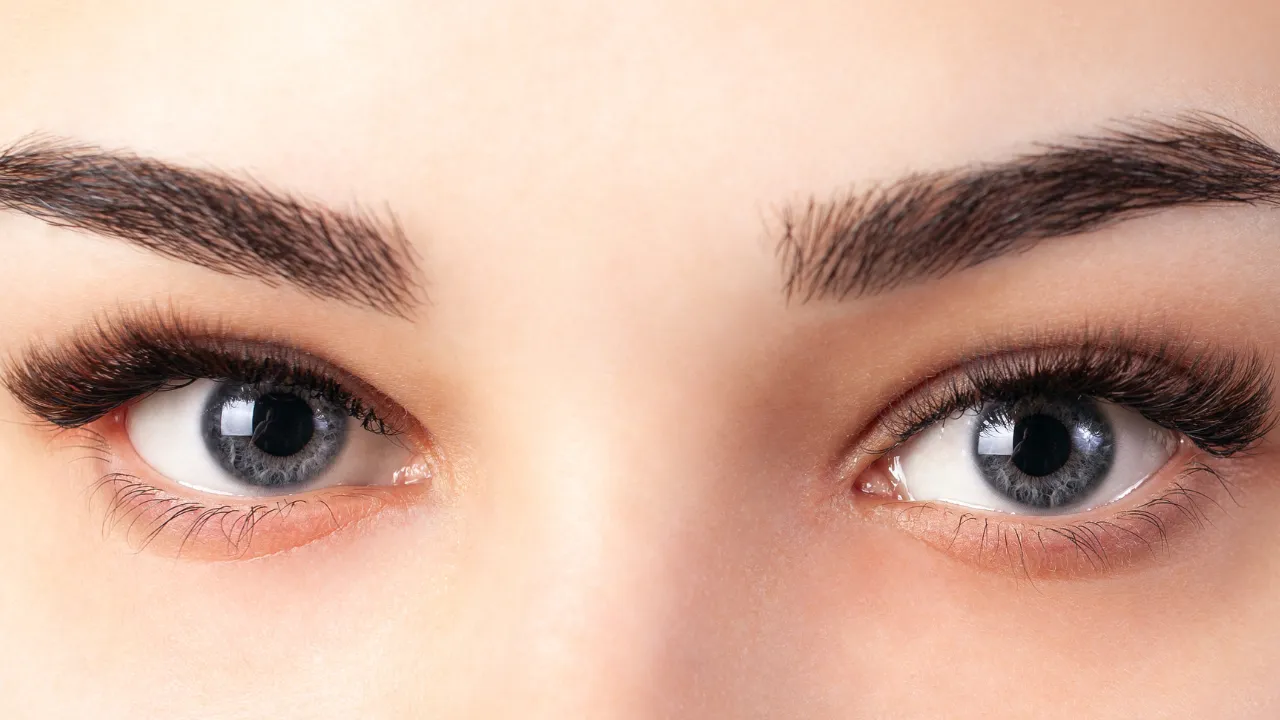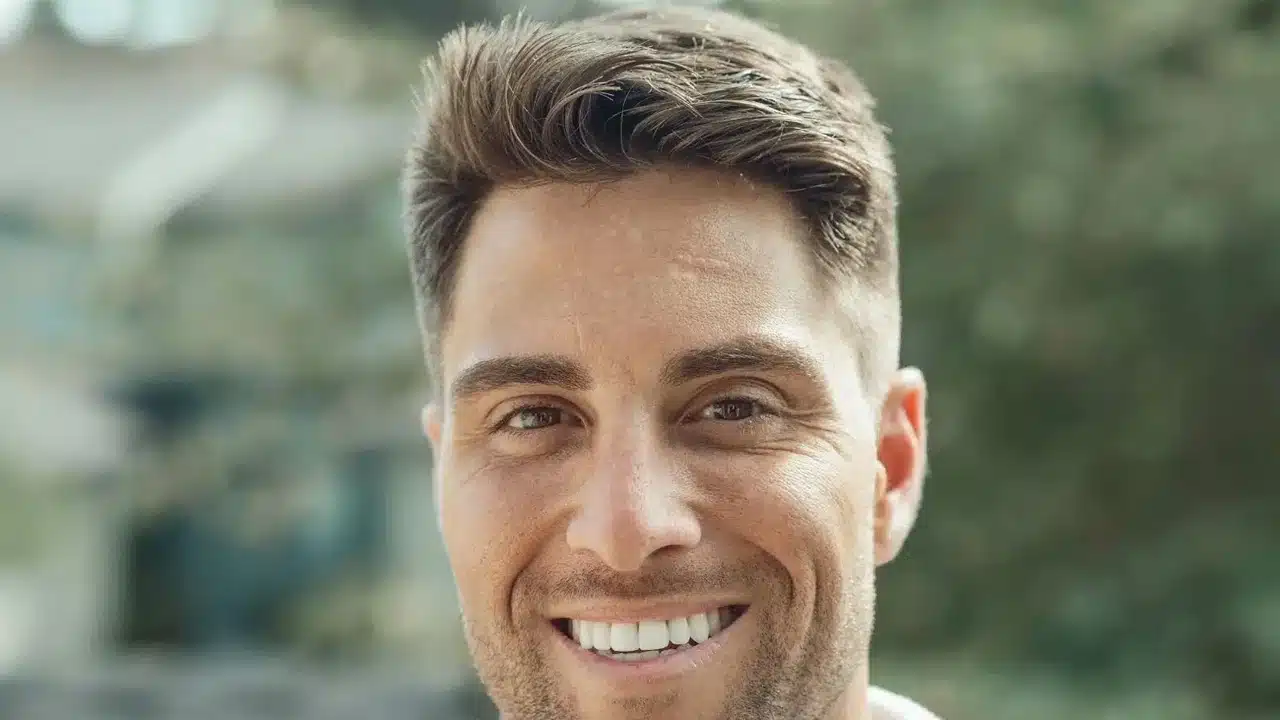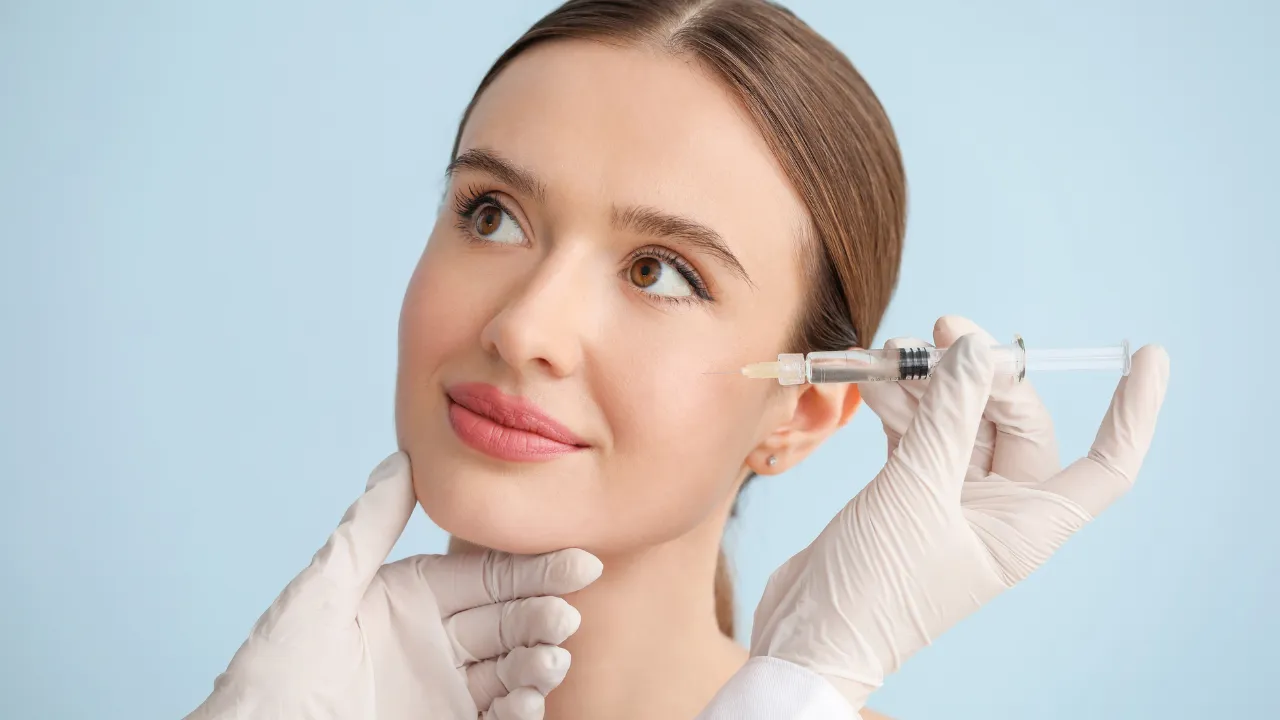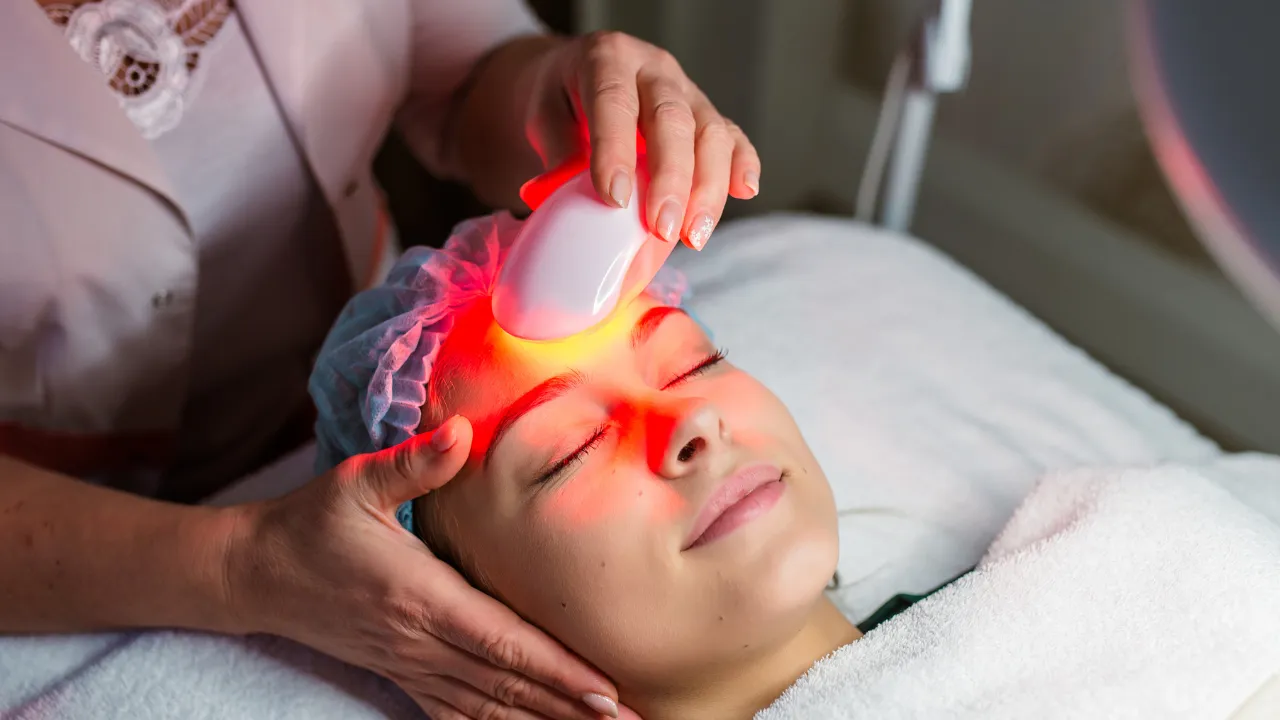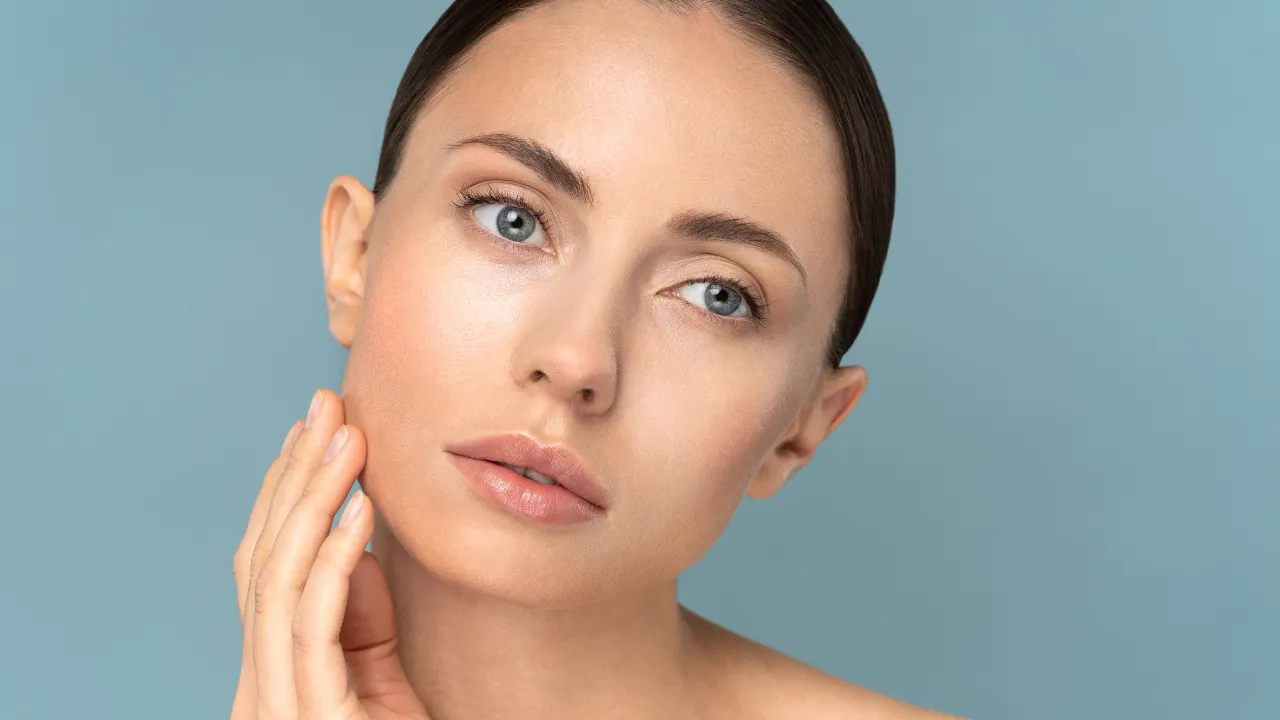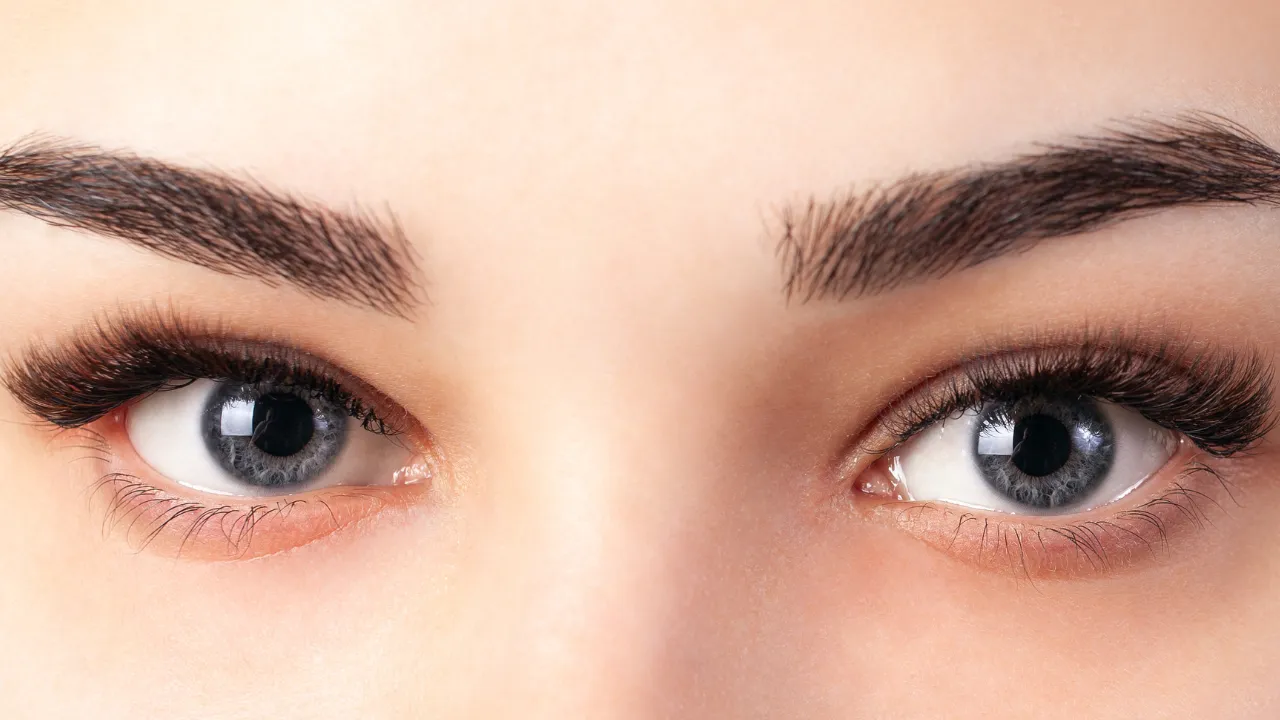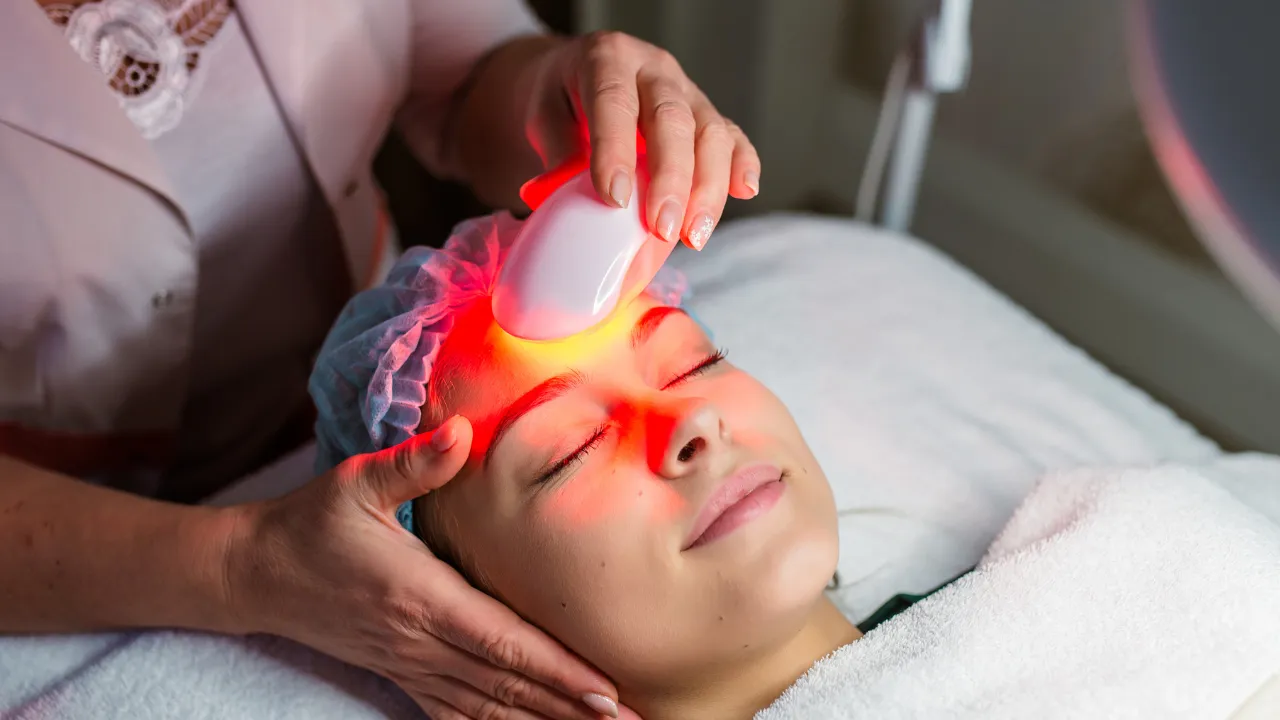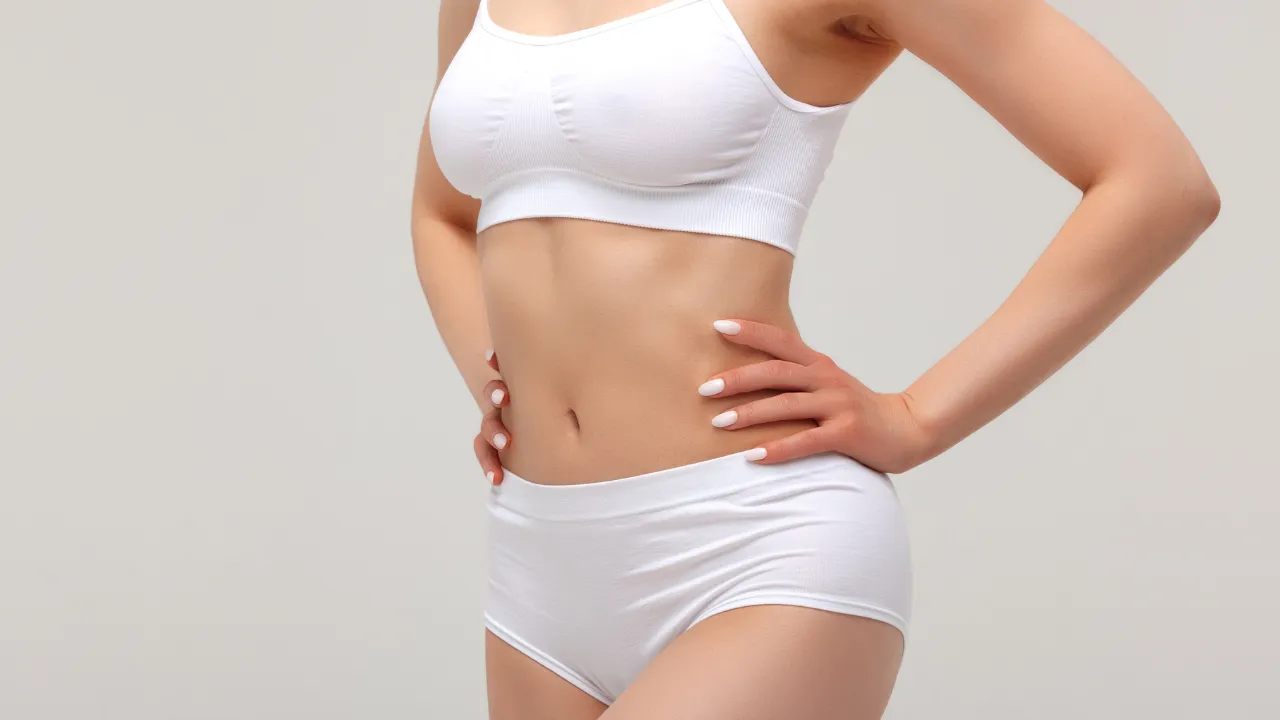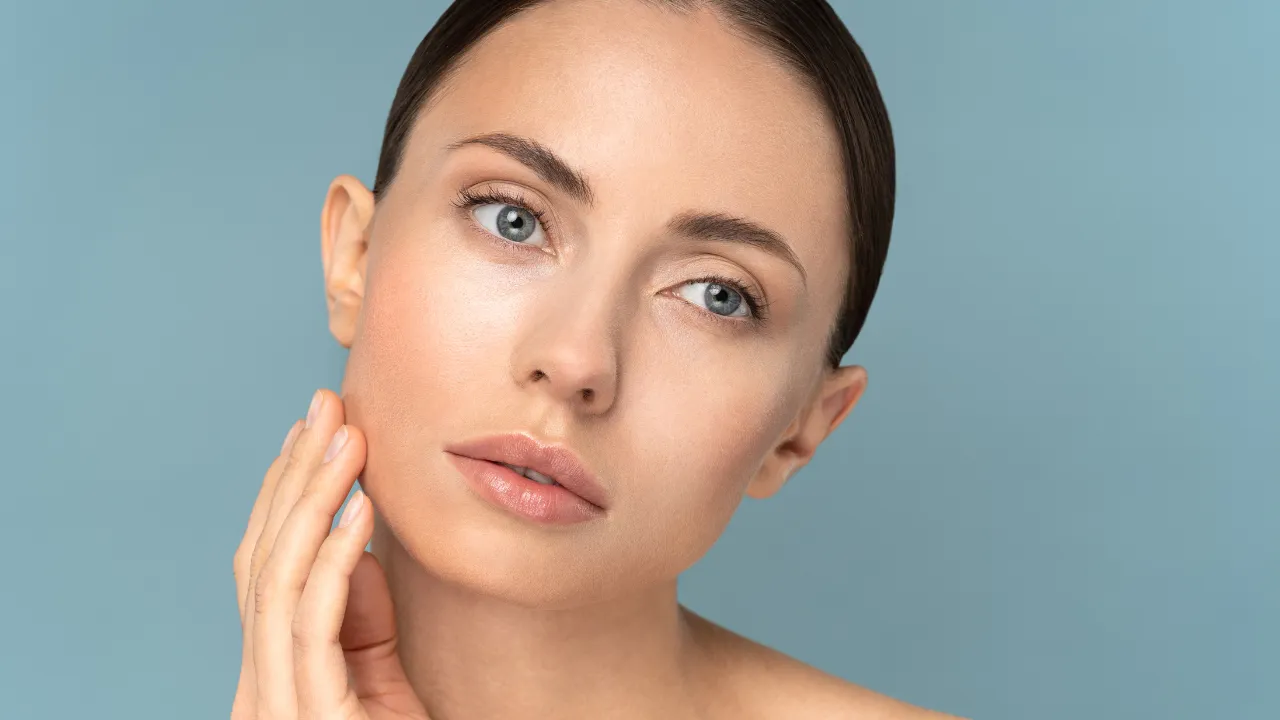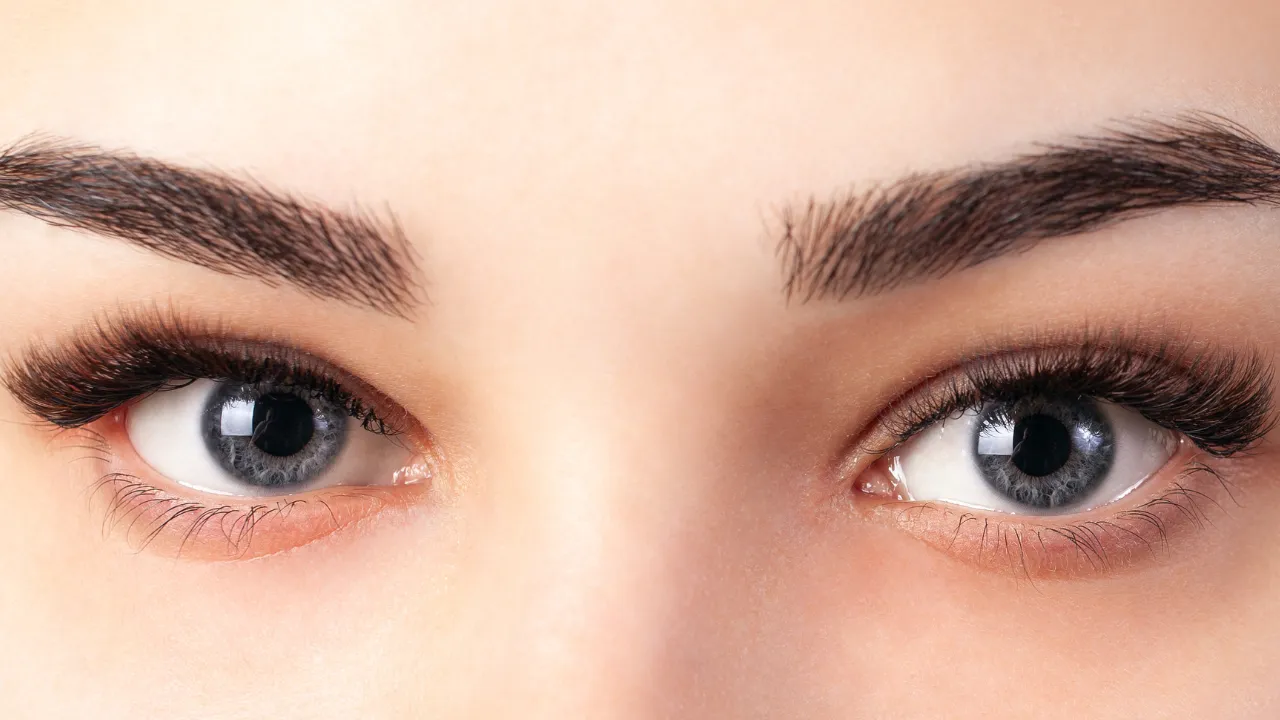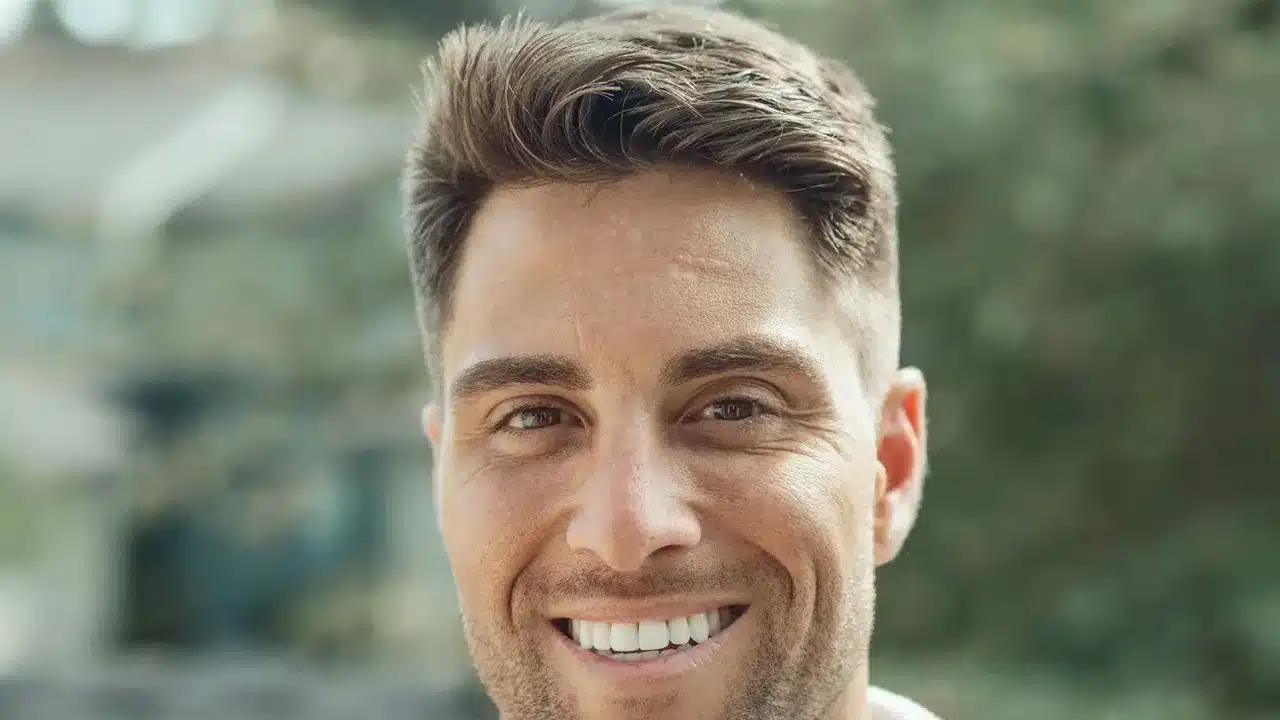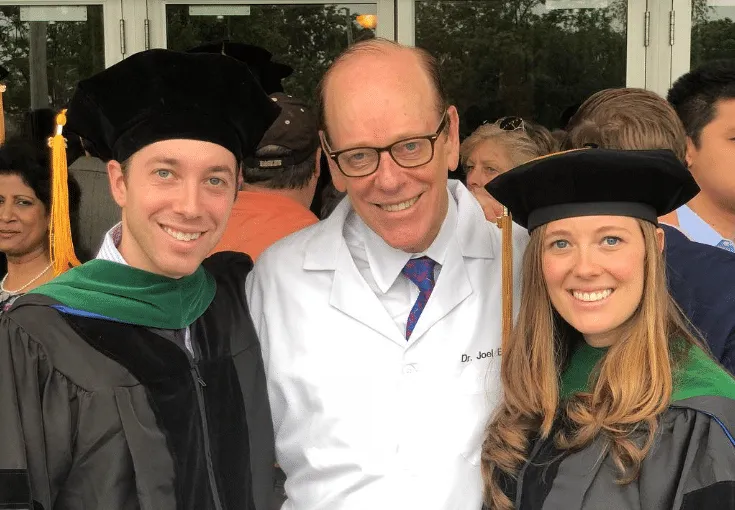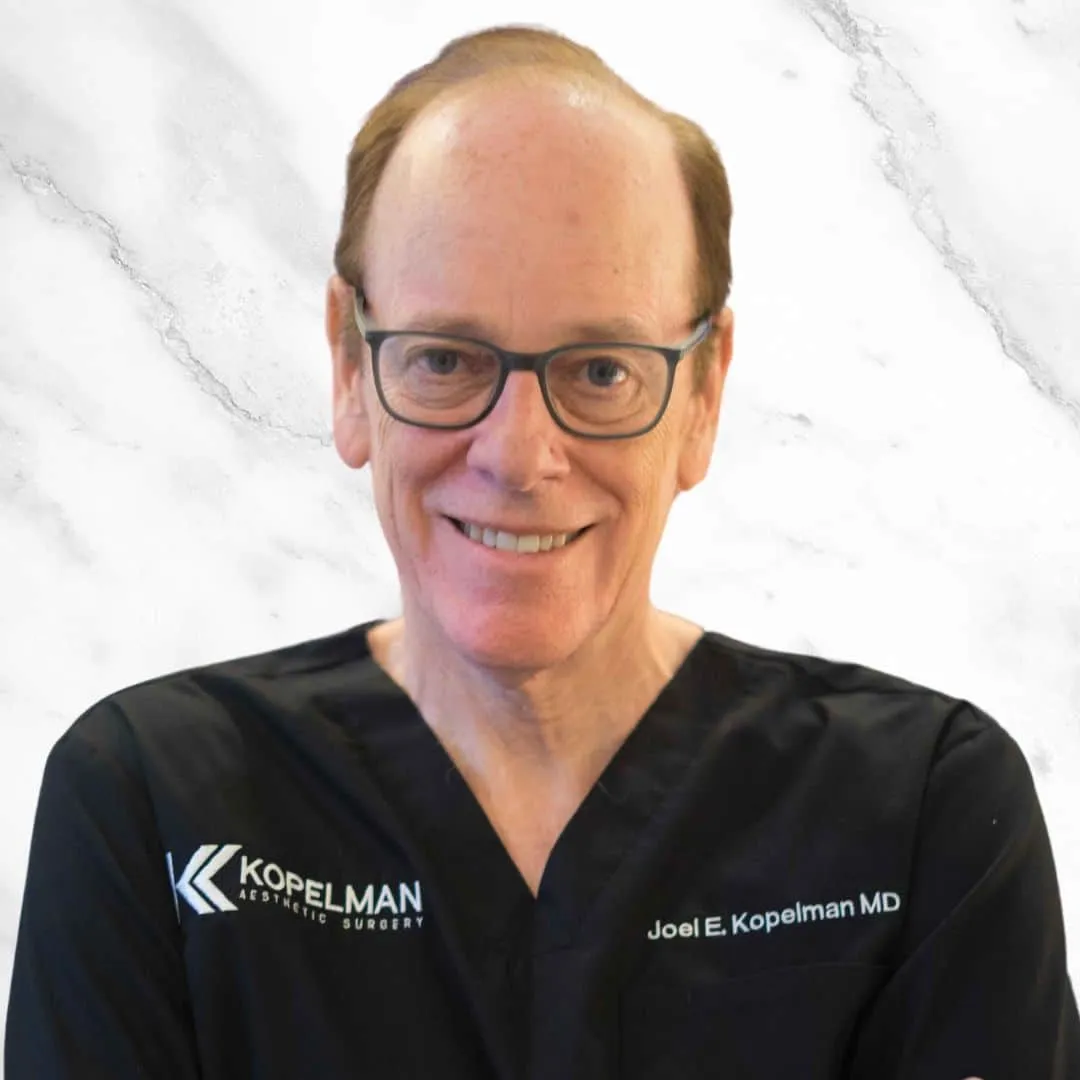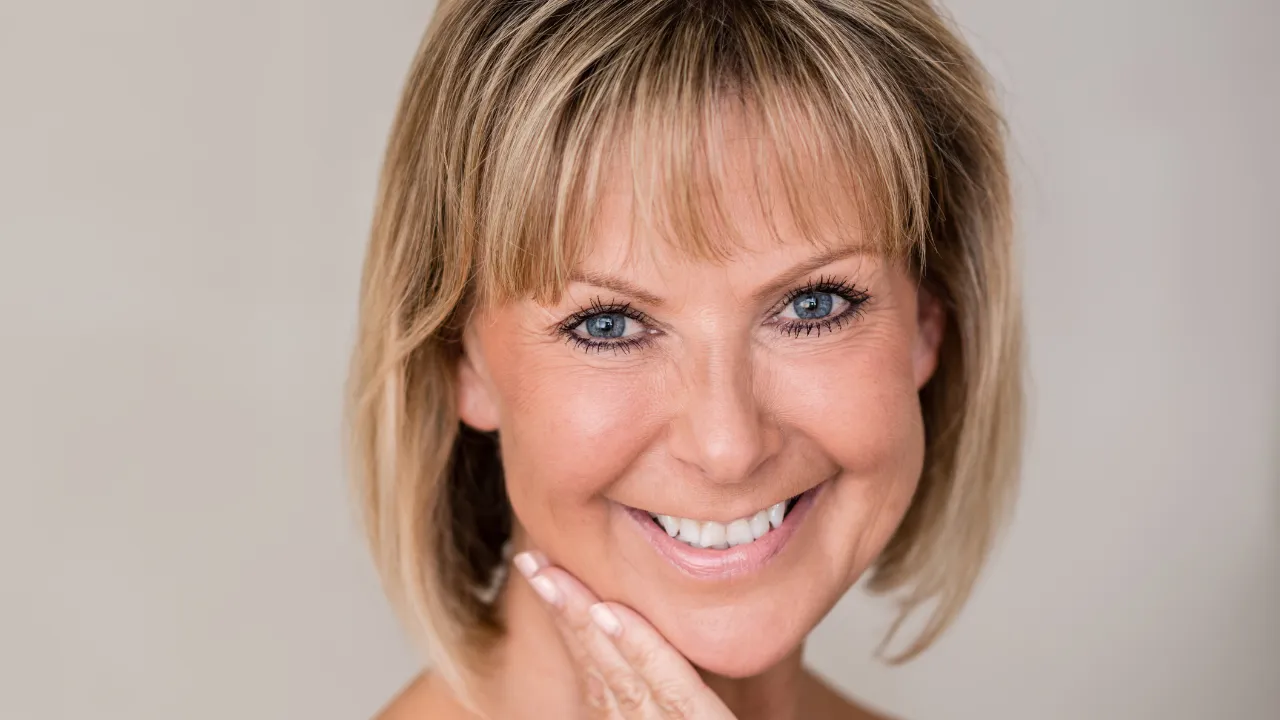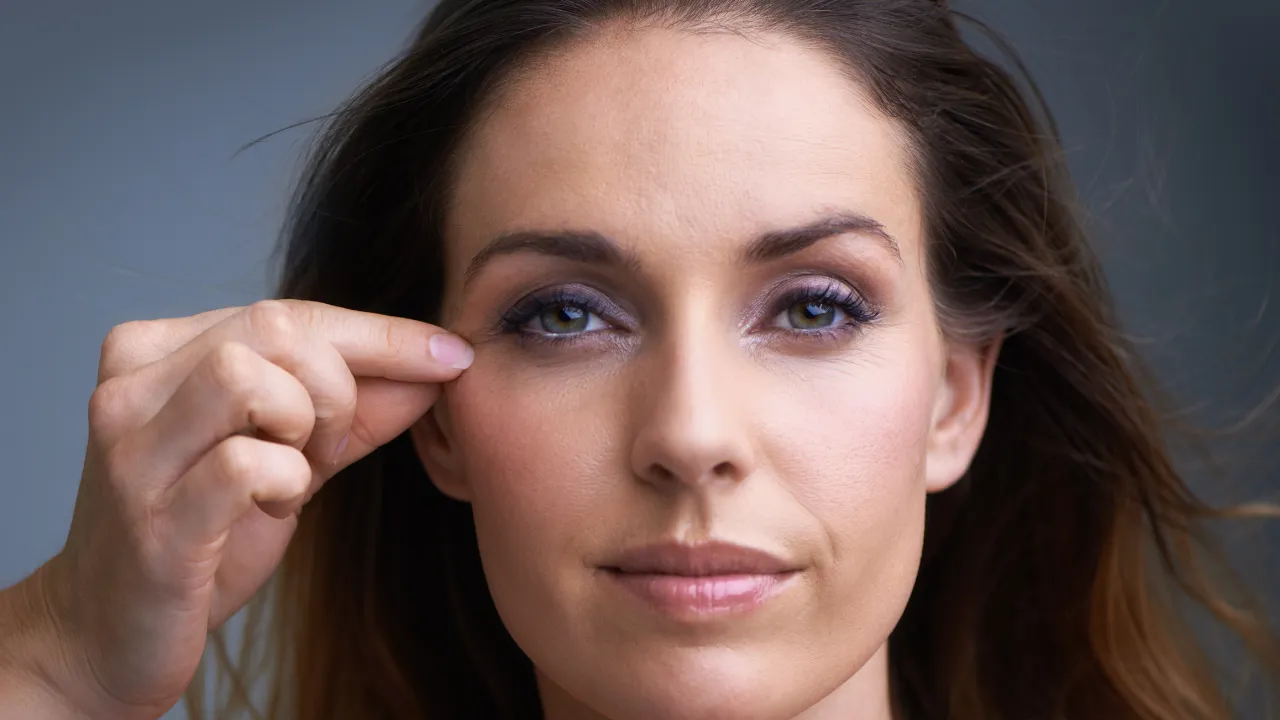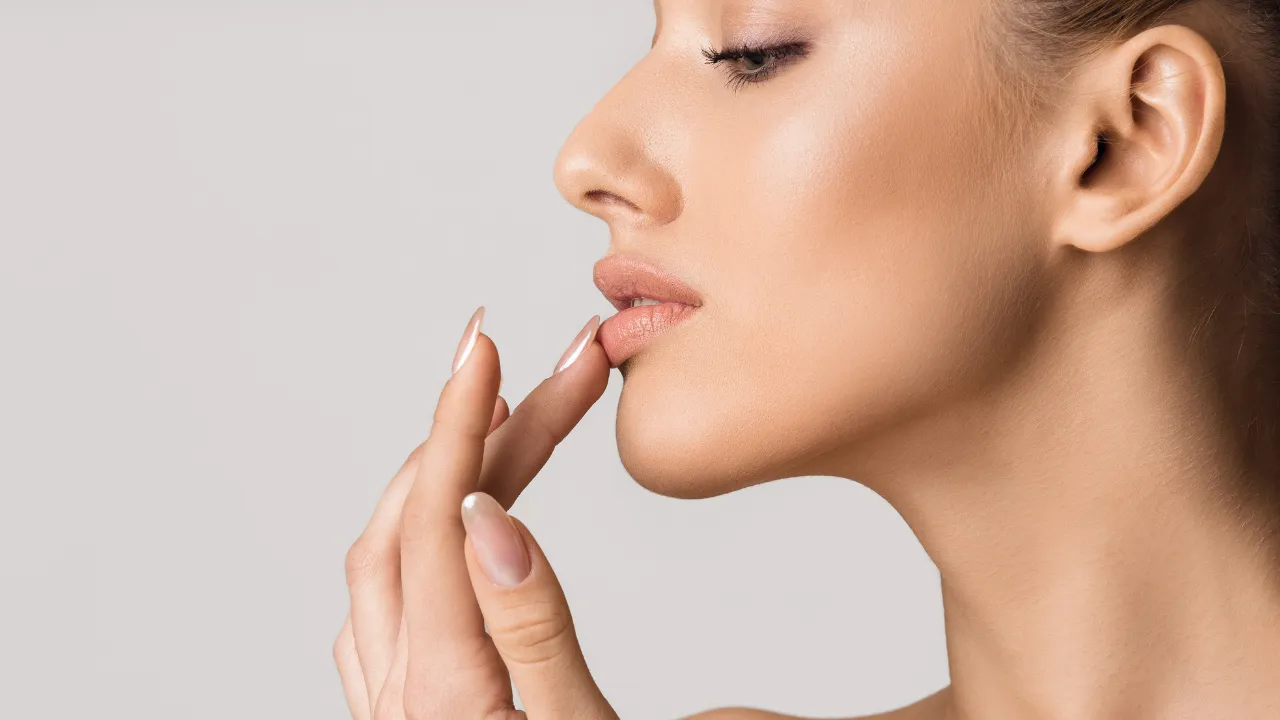At Kopelman Aesthetic Surgery, Dr. Joel Kopelman offers advanced techniques like lower blepharoplasty with fat transfer to correct under-eye hollows and puffiness. With decades of experience, he delivers natural-looking results through precise and tailored procedures.
Key Takeaways
- Lower blepharoplasty with fat transfer smooths eye bags and restores lost volume using fat repositioning and grafting.
- Candidates are typically adults aged 40–60 with under-eye puffiness, hollowing, or shadowing.
- The procedure involves removing or repositioning fat pads and injecting purified fat from another body area.
- Results are natural and long-lasting, especially under a specialist like Dr. Kopelman.
- Fat transfer is more durable than fillers and corrects both volume loss and fine lines.
Table of Contents
ToggleWhat Is Lower Bleph with Fat Transfer?
This procedure improves the lower eyelids by combining fat removal with volume restoration. It smooths puffiness and fills hollow areas that develop with age. Unlike traditional eyelid surgery, this technique focuses on both structure and volume.
In some cases, fat transposition is used to reposition eyelid fat, which reduces bulging while supporting the under-eye area.
Do You Need Fat Transfer with Lower Blepharoplasty?
Fat transfer is ideal for those with both under-eye bags and hollowness. If only puffiness is present, standard blepharoplasty may be enough. Dr. Kopelman helps patients decide based on their unique anatomy and goals.
Who It’s For: Candidacy and Ideal Age
Ideal candidates are healthy adults showing visible signs of aging around the eyes. These include:
- Eye bags
- Hollow tear troughs
- Volume loss in the midface
Are You a Good Candidate?
You may be suitable for this procedure if:
- You have puffiness or hollowness under your eyes
- You want lasting results beyond fillers
- You’re in good health and don’t smoke
Understanding the Under-Eye Anatomy
Aging affects fat pads, the orbital rim, and the tear trough beneath the eyes. Surgery targets these structures to reduce bulging and restore smooth contours. Repositioning and fat grafting help create a more natural eyelid-cheek transition.
How the Procedure Works
Small incisions are made discreetly along the lash line or inside the eyelid. Dr. Kopelman adjusts fat pads and harvests fat from areas like the abdomen. After purification, fat is injected under the eyes.
This can also soften fine lines, giving the under-eye area a smoother texture.
Recovery Timeline and Healing Process
Most patients recover in 1–2 weeks. Minor swelling and bruising are common. Final results appear gradually as the fat settles.
What to Expect During Recovery
- Swelling and tightness in the first days
- Initial results in 2–3 weeks
- Full results by 3 to 6 months
Cost of Lower Bleph and Under Eye Fat Transfer
The procedure typically costs between $6,000 and $12,000. Prices vary based on the surgeon’s experience, complexity, and facility. While cosmetic procedures aren’t covered by insurance, financing options may be available.
Before and After: Lower Blepharoplasty with Fat Transfer
Patients often notice a refreshed, smoother appearance after surgery. Hollow areas are filled, and puffiness is reduced.
Results You Can Expect
- Natural contour around the lower eyelid
- Fewer dark circles
- A smoother eyelid-cheek transition
Visualizing the Treated Areas
Dr. Kopelman often targets the tear trough and mid-cheek zones. These areas become shadowed or sunken with age. Restoring them improves the overall harmony of the face.
Risks and Side Effects to Consider
While the procedure is safe, risks include swelling, bruising, asymmetry, and minor fat absorption. Dr. Kopelman uses proven techniques to minimize complications and ensure patient safety.
Lower Blepharoplasty vs. Fillers: Which Is Right for You?
Both options add volume, but fat transfer offers a longer-lasting result. Fillers are temporary and better suited for minor hollowness.
FeatureFat TransferFillersLongevityLong-lasting6–12 monthsRecovery1–2 weeks1–3 daysMaterialYour own fatHyaluronic acid
Comparing Blepharoplasty, Fat Transfer, and Fillers
Each method suits different needs. Here’s how they compare:
Choosing the Right Surgeon: Why Dr. Joel Kopelman
Dr. Kopelman is a board-certified specialist with over 35 years of surgical experience. He has performed thousands of eyelid surgery procedures and is trusted for delivering safe, natural results.
Credentials and Experience You Can Trust
He is highly rated for patient outcomes and known for combining surgical skill with personalized care. His experience in fat transposition and eyelid fat repositioning ensures precision and lasting improvements.
FAQs About Lower Blepharoplasty and Fat Transfer
How long do fat transfer results last?
They can last for years. Some patients may need minor touch-ups.
Is fat transfer better than fillers?
Fat transfer is ideal for long-term results and structural improvement. Fillers work well for temporary fixes.
Will I have visible scars?
No—incisions are placed in hidden areas such as inside the eyelid or along natural creases.
Your Next Step
If you’re considering lower blepharoplasty with fat transfer or want to explore your options, schedule a consultation with Dr. Joel Kopelman at Kopelman Aesthetic Surgery. He will evaluate your goals and provide a personalized treatment plan to help you look rested and refreshed.

